Total Therapy Blog
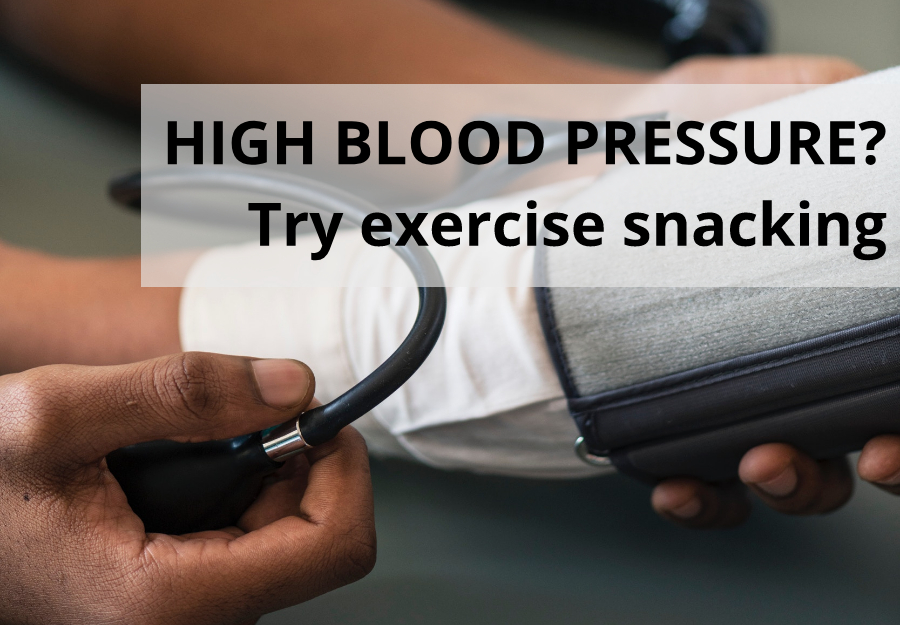
High blood pressure? Try exercise snacking.
High blood pressure? Try exercise snacking.
Are you a snacker? As we approach the holiday season, why not try on a new habit to improve your health? You know exercise makes you healthier, but it can be difficult or intimidating to get into a routine. The good news is that you can take the same convenience of food snacking and apply it to exercise snacking! Exercise snacks are short bouts of exercise performed several times throughout your day. They help break up sedentary time and increase your overall activity one bite at a time. Not only is it convenient and accessible, but it’s an effective non-pharmaceutical method of managing high blood pressure. You can do this at home or at work without equipment or a gym membership. Read on to get started!
![]()
How can exercise snacks improve my high blood pressure?
High blood pressure (hypertension) is a prominent risk factor contributing to many prevalent chronic conditions, including cardiovascular disease, stroke, and severe kidney damage. When you exercise regularly, your heart gets stronger, so it doesn’t have to work as hard to pump blood. Less effort means lower pressure throughout your arteries, and lower systolic pressure (the top number in your blood pressure reading).
In the hours following either resistance or aerobic exercise, blood pressure decreases, making exercise an excellent non-pharmacological treatment option. If you can make time to snack throughout the day, this effect can last all day, giving your body some relief from the damaging effects of hypertension. You can even decrease your need for medication. That’s great news!
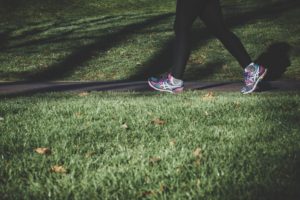
Recommendations
The best health outcomes happen when you do a mix of resistance and cardiovascular exercises. Jogging, cycling, dancing, brisk uphill walking, or stair climbing all count as cardiovascular exercise. Resistance exercises can use weights, your own bodyweight, bags of groceries, or even agreeable toddlers. You can choose whichever exercises you like the most, as long as it’s pain-free, gets you sweating, and your heart beating harder.
Ideally, aim to hit 150 minutes of exercise every week. While this number may seem intimidating, it doesn’t have to happen all at once! Three seven-minute bouts of exercise every day of the week will get you there. If that’s a bit out of reach for now, start with one or two exercise snacks most days of the week and work up to more frequent sessions.
Sample snacks
Morning (6-10 minutes):
- 10 hip bridges
- 10 squats (or sit-to-stand from a chair)
- Dance to your favourite song
Midday (7-15 minutes):
- 5 minutes of stair climbing
- Brisk walk in the corridors or outdoors
Evening (7-15 minutes):
- Bicep curls with light-moderate weight (dumbbells, water bottles, milk jug, etc)
- Brisk walk after dinner with your family
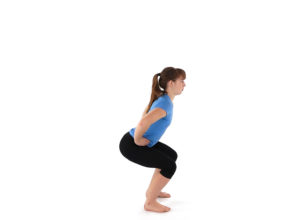
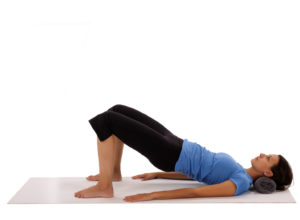
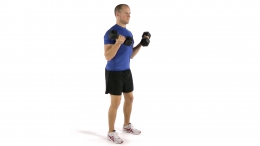
When you’re performing resistance exercises, keep breathing throughout the exercise, and avoid lifting heavy weight overhead. Start light, and increase weight gradually. If you have very high or poorly-controlled blood pressure, visit your doctor before you start exercising.
And remember, if movement is painful or uncomfortable, or if you just need some ideas to get started, you’re not alone. Come visit us in the clinic and we’ll help you find your groove!
References
https://www.ncbi.nlm.nih.gov/pubmed/17301622
https://www.ncbi.nlm.nih.gov/pmc/articles/PMC4914008/
https://www.ncbi.nlm.nih.gov/pmc/articles/PMC2936915/

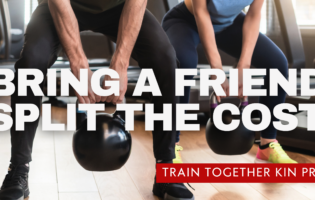

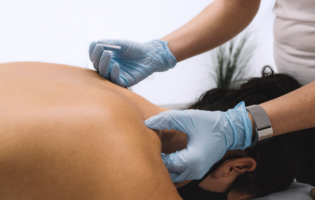
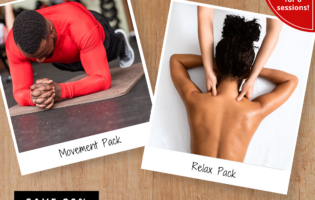



Follow Us!
& Stay Up To Date
BLOG